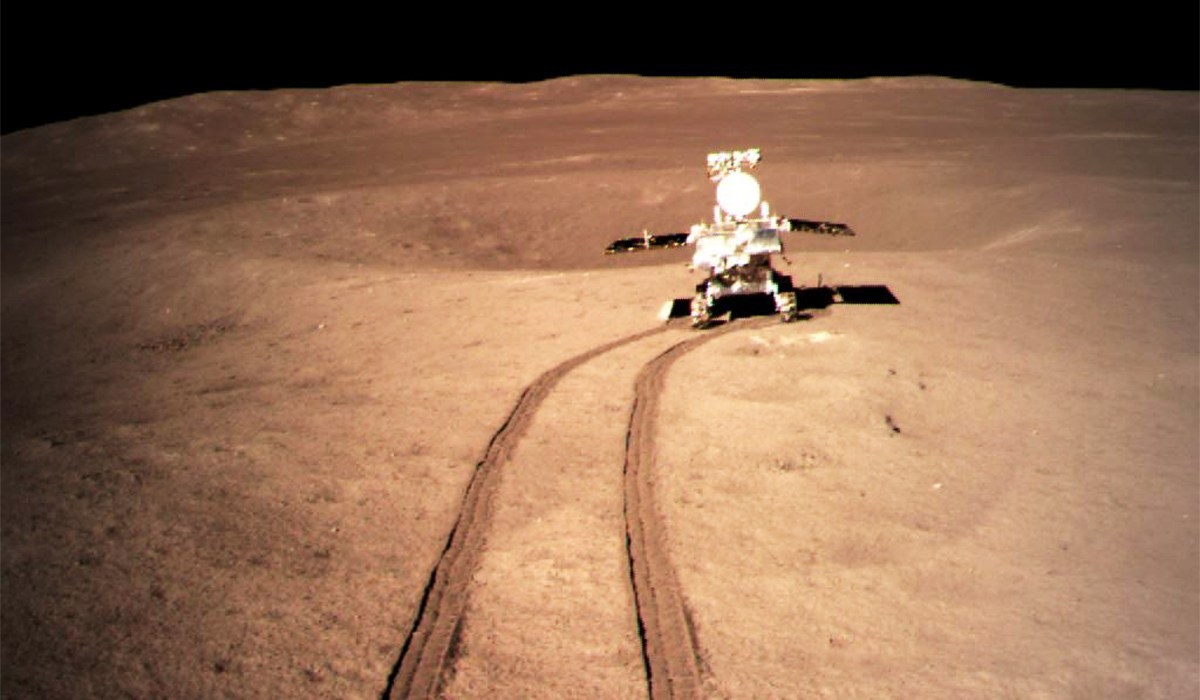
Chang'e-4 - Credits: NSSC, CAS, China
OVERVIEW
Context
In recent years, China has doubled its efforts to achieve significant scientific results in the exploration of the moon and its features in the context of its Lunar Exploration Program (CLEP), which led to the Chang’e-4 landing on the far side of the moon in December 2018. Such an achievement represented the peak of the Chang’e missions promoted by the country, whose four satellites CE-1, CE-2, CE-3 and CE-4, prior to 2020 focused on the circling (CE-1 and CE-2), landing (CE-3 and CE-4), and returning (CE-5). As the first three phases are now concluded, the new phase four, spanning over 15 years (2020-2035), will concentrate its efforts on the primary unmanned research station.
The scientific objectives to be achieved by the 2020-2035 missions will include the distribution, contents and origin of water on the moon; the deep composition and structure of the moon; the age of the South Pole Aitken basin; the near-moon space environmental of South Pole. Furthemore, the experiments to be performed will investigate and include resource utilization during in-situ experiments (water, He, lunar soil etc.), the Earthmoon VLBI testing, and ecosystem science experiments. The exploration will be articulated in three different missions, with the overall goals of producing a highly accurate survey on the moon, its regional geology, collect sample to conduct laboratory studies, and provide long-term lunar observations:
- Mission 1: Lunar surface exploration and geological survey on landing site (Orbiter, Lander, Rover, Flying robot, Relay satellites)
- Mission 2: Collecting samples and return them to Earth for analysis (Ascender, Lander, Returner, Orbiter)
- Mission 3: Lunar surface observations and scientific application.
Objectives
In order to summarize and analyze the yielded results and think thoroughly the phase 4 of CLEP, which will prioritize international collaboration, several leading international scientists in moon science will gather at ISSI and ISSI-BJ in the year 2020. The first forum session will be held at ISSI in May/June 2020, while the second part will be hosted by ISSI-BJ at the end of the year 2020, and its overall objectives include:
- The selection of landing site for scientific research station
- The optimization of scientific objectives
- The possibility of international cooperation (including payload, scientific research, etc.).
The results of the forum sessions will be published in the ISSI-BJ Taikong magazine series, the forums’ output which is made available online and understandable to non-experts.
Date
TBD
Handbook
 Forum Handbook
Forum Handbook
TBD
AGENDA
 Forum Program
Forum Program
TBD
PRESENTATIONS
Forum Presentations
The presentations will be published here after the forum.